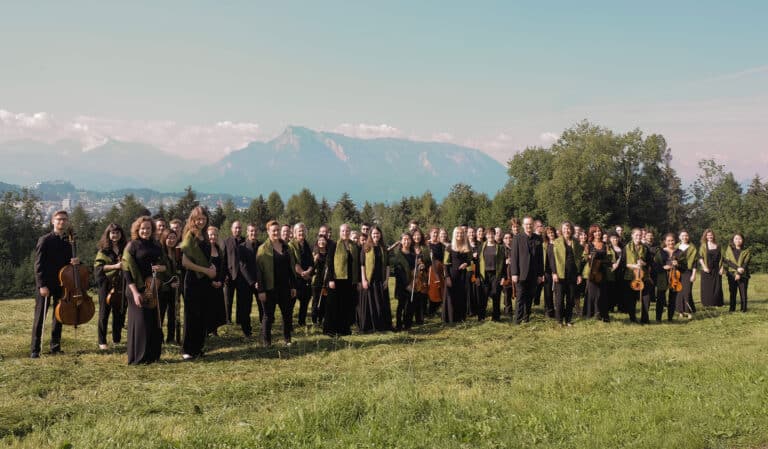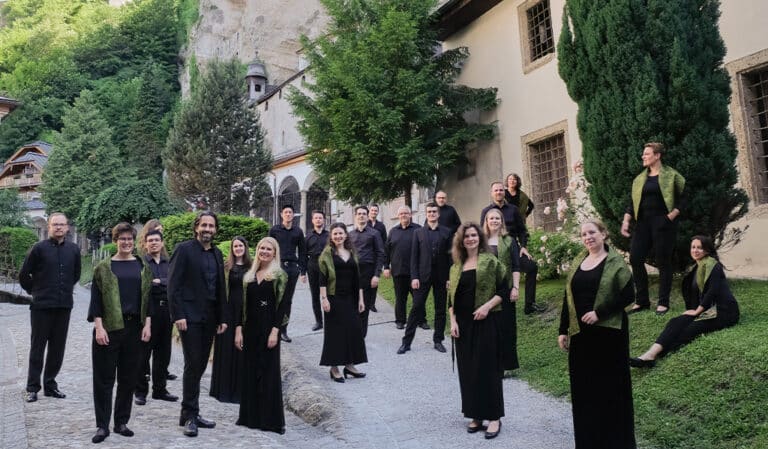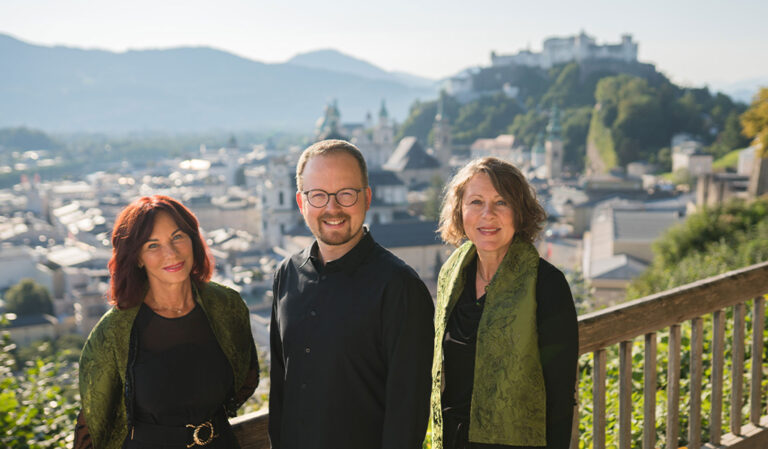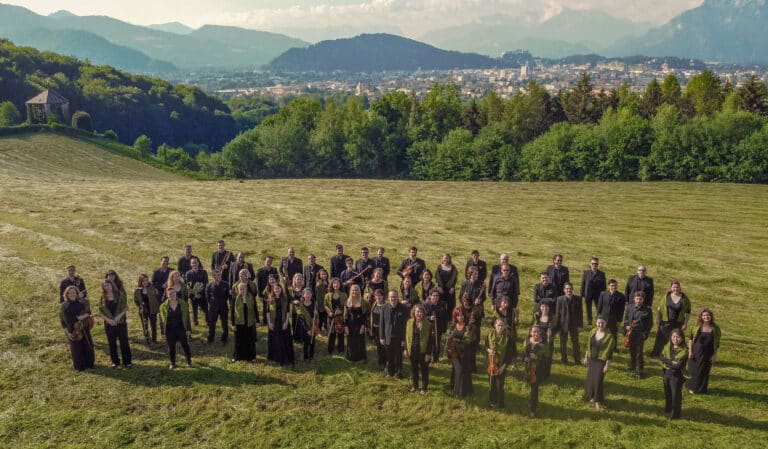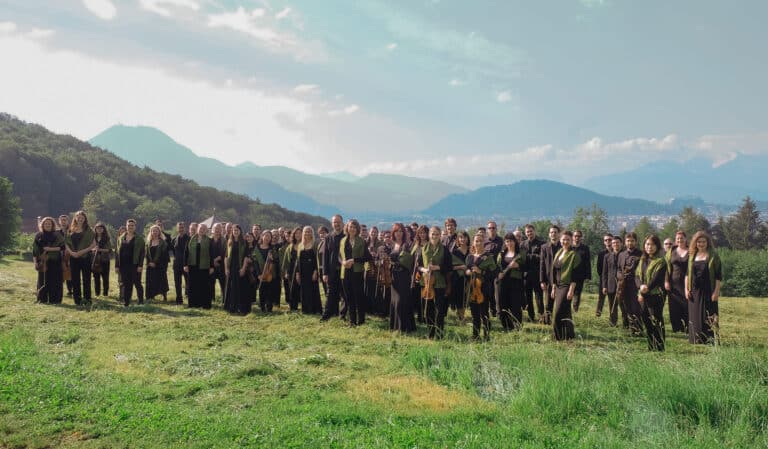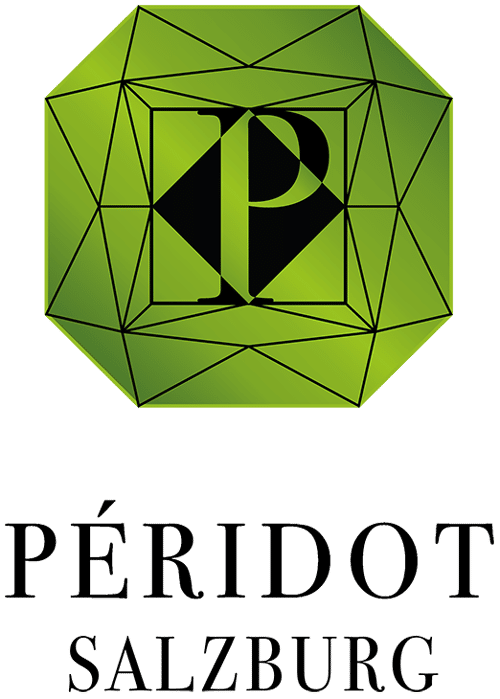PÉRIDOT is an ensemble from Salzburg which grew out of the work of the Stiftsmusik St Peter. The spirit of Mozart’s city, with its unique musical tradition, is mirrored in our artistic focus.
PÉRIDOT is made up of both instrumentalists and singers. The number of musicians involved varies according to the requirements of the work performed.
PÉRIDOT seeks to discover new sides and perspectives in compositions in order to keep a finger on the pulse of the time. That is how art stays lively and relevant for the future.
PÉRIDOT unites historically informed performance practice with the sound and interpretation possibilities of the HERE AND NOW.
PÉRIDOT places a focus on the interpretation of Classical, Early Romantic and Modern works.
PÉRIDOT strives to develop transmedial artforms (connecting e.g. folk music and art music, or dance and music). Thus, a wider audience is reached.
Mission
MUSIC has played an important role since prehistoric times: the flute emerged as the instrument of melody, the tambourine sets the rhythm (of life) and the peaceful sounds of the “celestial harp” suggest the goodwill of a higher power towards humankind.
GEMSTONES are often referenced in holy scripture as a symbol of great value and worth. In the Old Testament book of Ezekiel, they are named individually, including the chrysolite (a synonym for peridot).
MUSIC and GEMSTONES are often found in combination. The glory of God (symbolised by gemstones) is exalted by homage paid through music.
MUSIC, for us, is something transcendental. The most intimate human emotions, desires and thoughts are expressed and explored through music.
Presenting this transcendence through music is our ambition, our goal, and our mission.
Gemstone
Like musical works, gemstones have many facets: they can be characterised by form, texture and structure.
Approaching perfection in a musical interpretation is always associated with seeking the unknown. Researching hidden depths is also a feature of mineralogy.
The peridot, a variant of the olivine stone, has been mined for more than 3500 years. The gemstone’s radiance and vibrancy comes from its unique green colour; it keeps its brilliance even in very dim light.
Green is said to represent harmony – as a colour of hope and growth. Green is the colour of life. In the ancient world, green was the colour of secrets which could never be revealed.
In his “Colour Theory”, the painter Wassily Kandinsky explained how the absolute colour green corresponds to a warm, calm viola or cello sound.
Alexander Skrjabin collocated the musical note A with the colour green. Green represents the note in relation to which all the other notes of our tonal system stand.
St Peter’s Abbey is home to a particularly beautiful collection of peridots. The positive qualities of these green gemstones and the connection of our ensemble with St Peter’s lie at the heart of what we do.
Logo

The octagonal shape of our logo makes reference to the musical octave. The octave is reflected in the structures of medieval architecture, which was based on Pythagorean principles of proportions. In sacred buildings, the octagon is a symbol for the Word of God.

